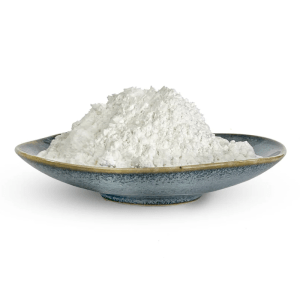Starch Sugar Production and Applications in Food Industry

# Starch Sugar Production and Applications in Food Industry
## Introduction to Starch Sugar
Starch sugar, also known as glucose syrup or corn syrup, is a sweetener derived from starch through enzymatic or acid hydrolysis. This versatile ingredient has become increasingly important in the food industry due to its functional properties and cost-effectiveness compared to sucrose.
## Production Process of Starch Sugar
The production of starch sugar involves several key steps:
### 1. Starch Extraction
Raw materials such as corn, wheat, or potatoes are processed to extract pure starch. The starch is then washed and purified to remove proteins, fibers, and other impurities.
### 2. Liquefaction
The starch slurry is mixed with water and treated with alpha-amylase enzymes at high temperatures (90-110°C) to break down the starch molecules into shorter dextrin chains.
### 3. Saccharification
During this stage, the liquefied starch is further broken down into simpler sugars using glucoamylase enzymes. The process occurs at lower temperatures (55-60°C) and results in a glucose-rich syrup.
### 4. Refining and Purification
The syrup undergoes filtration, decolorization with activated carbon, and ion exchange to remove impurities and achieve the desired clarity and purity.
### 5. Concentration and Final Processing
The purified syrup is concentrated through evaporation to achieve the desired solids content (typically 70-80%). Additional processing may include isomerization to produce high-fructose corn syrup (HFCS).
## Types of Starch Sugars
Several varieties of starch sugars are produced for different applications:
– Glucose syrup (DE 20-50)
– High maltose syrup
– High fructose corn syrup (HFCS 42 and HFCS 55)
– Maltodextrins (DE <20)
– Dextrose (crystalline glucose)
## Applications in the Food Industry
Starch sugars serve multiple functions in food products:
### Bakery Products
In baked goods, starch sugars:
• Improve moisture retention and shelf life
• Enhance browning through Maillard reactions
• Provide fermentable sugars for yeast activity
• Control crystallization in icings and fillings
### Confectionery
Starch sugars are essential in candies and chocolates for:
• Preventing sucrose crystallization
• Controlling texture and chewiness
• Providing bulk and sweetness
• Improving shelf stability
### Beverages
High fructose corn syrup is widely used in soft drinks because:
• It’s sweeter than sucrose at lower concentrations
• It blends well with other flavors
• It’s more cost-effective than sucrose
• It provides consistent sweetness profile
### Dairy Products
In ice cream and yogurt, starch sugars:
• Lower freezing point for smoother texture
• Enhance flavor perception
• Improve scoopability
• Reduce iciness in frozen products
## Advantages of Starch Sugars
Starch sugars offer several benefits to food manufacturers:
– Consistent quality and performance
– Cost-effectiveness compared to sucrose
– Versatility in various food applications
– Improved product texture and mouthfeel
– Enhanced stability and shelf life
– Customizable sweetness profiles
## Future Trends in Starch Sugar Production
The starch sugar industry continues to evolve with:
• Development of enzyme technologies for more efficient conversion
• Increased demand for clean-label alternatives
Keyword: Starch Sugar
• Growth in specialty starch sugars for niche applications
• Sustainability improvements in production processes
As consumer preferences and food technology advance, starch sugars will likely maintain their important position in the global food industry while adapting to new market demands and nutritional considerations.